For busy professionals juggling work, family, and personal time, swimming offers a rare combination of full-body exercise, low joint impact, and mental clarity. But even a few laps can feel exhausting if your posture is off. Poor alignment in the water not only reduces efficiency but can lead to strain, fatigue, and frustration.
The good news? With just a few targeted, time-efficient steps, you can correct your swimming posture and transform your experience in the pool—without adding hours to your schedule.
Unlike land-based exercises, swimming requires precise body positioning to reduce drag and maximize propulsion. Water is 800 times denser than air, so even minor misalignments increase resistance significantly. A hunched back, lifted head, or sagging hips can double your effort while cutting your speed.
Proper posture in swimming means maintaining a long, neutral spine from head to toe. This streamlined position allows you to glide through the water with minimal resistance—making each stroke more effective and less tiring.
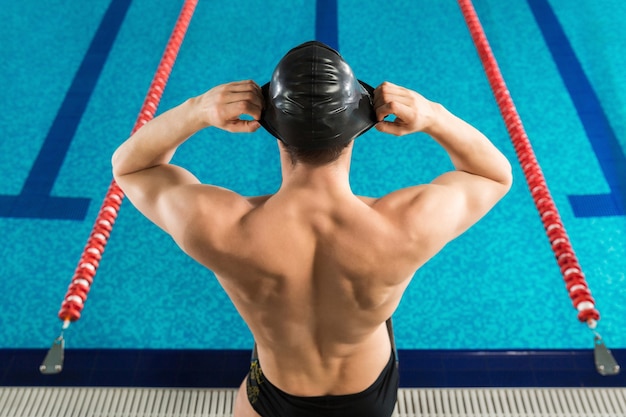
Your body should float flat and level in the water, like a plank. Many beginners lift their heads or drop their legs, creating drag.
Drill: Practice front floating for 30 seconds. Place your face in the water, arms extended, and relax your lower body. Focus on keeping your hips at the surface. If your legs sink, gently press your chest slightly downward to elevate your hips.
Progress Check: After one week, aim to float steadily for 60 seconds with minimal leg movement. If your hips stay near the surface, you’re on track.
A common mistake is lifting the head to breathe or see forward. This breaks the spine’s alignment and sinks the hips.
Drill: Use the "goggle-to-the-wall" technique. When floating or swimming, point your goggles at the bottom of the pool, not the front wall. Your head should be in line with your spine—imagine a straight line from your neck to your tailbone.
Progress Check: After practicing for three sessions, swim 25 meters freestyle while focusing on head position. If you feel more balanced and your hips stay high, your alignment is improving.
Your core muscles (abdominals, lower back, and obliques) are essential for maintaining a stable, horizontal posture.
Drill: Perform flutter kicks on your back for 30 seconds. Keep your arms at your sides and focus on keeping your lower back pressed into the water. If your hips bob up and down, you’re not engaging your core.
Progress Check: After one week, aim to complete 4 sets of 30-second back kicks with consistent hip height. Minimal vertical movement indicates strong core engagement.
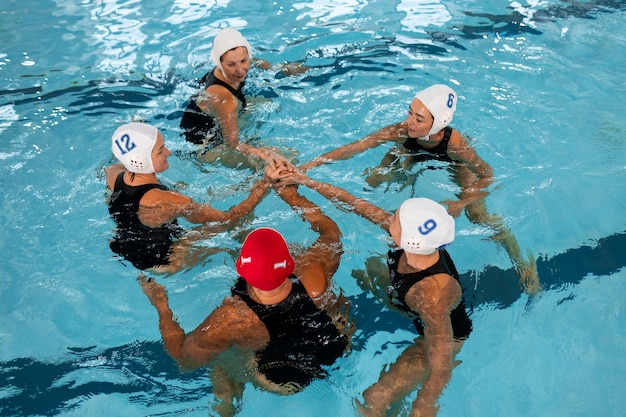
Efficient freestyle relies on coordinated rotation of the shoulders and hips. Over-rotating or under-rotating disrupts balance and increases drag.
Drill: Use a kickboard with one arm. Hold the board with one hand, extend the other along your side, and swim 25 meters. Switch arms. This promotes balanced rotation and body awareness.
Progress Check: After two sessions, swim a full lap focusing on smooth, controlled rotation. If your body feels more balanced and you’re breathing easier, your posture is improving.
Poor breathing technique is a major cause of posture breakdown. Turning your head too high or too early can twist your spine and sink your hips.
Drill: Practice side breathing with a snorkel (if available) or bilateral breathing every three strokes. Keep one goggle in the water when turning to breathe.
Progress Check: Swim 50 meters focusing on low, smooth breaths. If you can breathe without lifting your head or losing balance, your posture is stable.
You don’t need hours in the pool. Just 20 minutes, 2–3 times per week, can yield noticeable improvements. Use this simple tracker:
Each session should include 5 minutes of posture-focused drills followed by 10–15 minutes of swimming with mindful technique.
Fixing your swimming posture isn’t about perfection—it’s about progress. For busy professionals, the key is consistency, not duration. By dedicating just a few focused minutes per session, you’ll swim more efficiently, reduce fatigue, and enjoy the mental reset that only water can provide.
Start small, track your progress, and celebrate each improvement. Before long, you’ll move through the water with confidence, control, and ease.

Fitness

Fitness

Fitness

Fitness
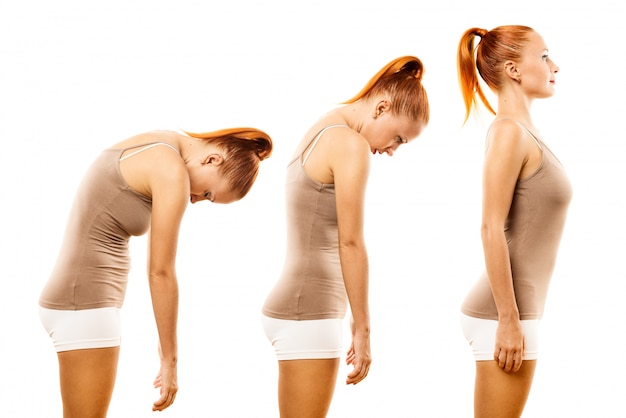
Wellness

Fitness
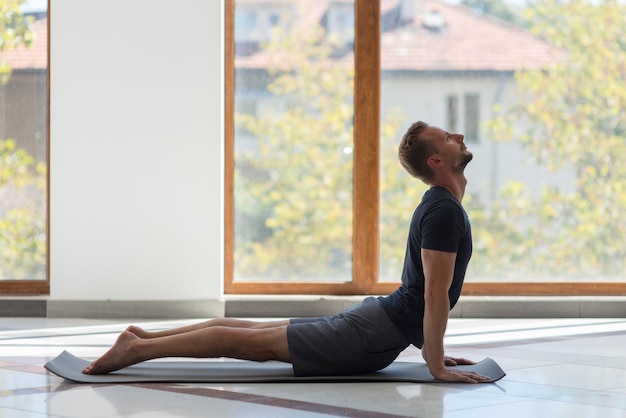
Wellness

Health
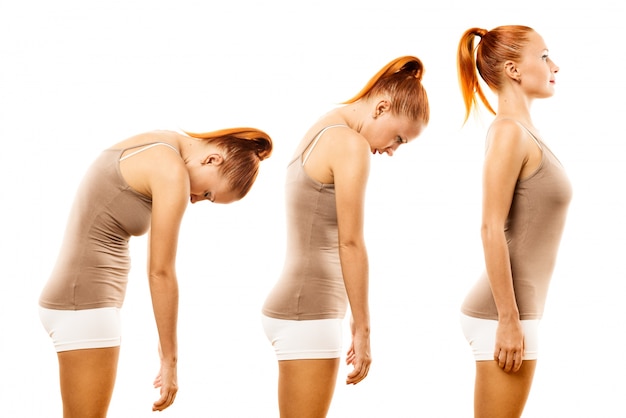
Wellness
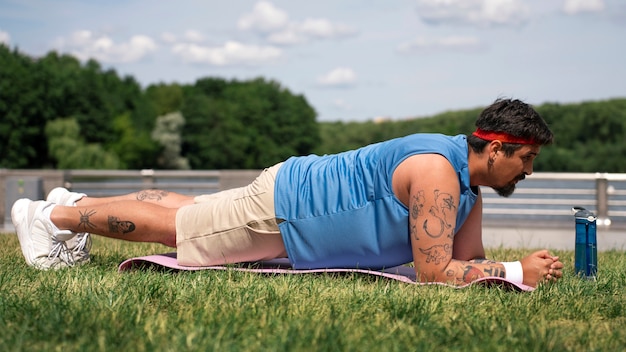
Health

Fitness
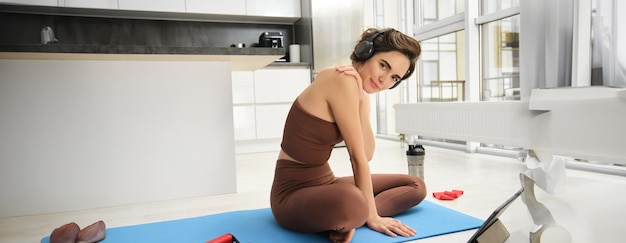
Fitness

Health

Fitness

Health

Health